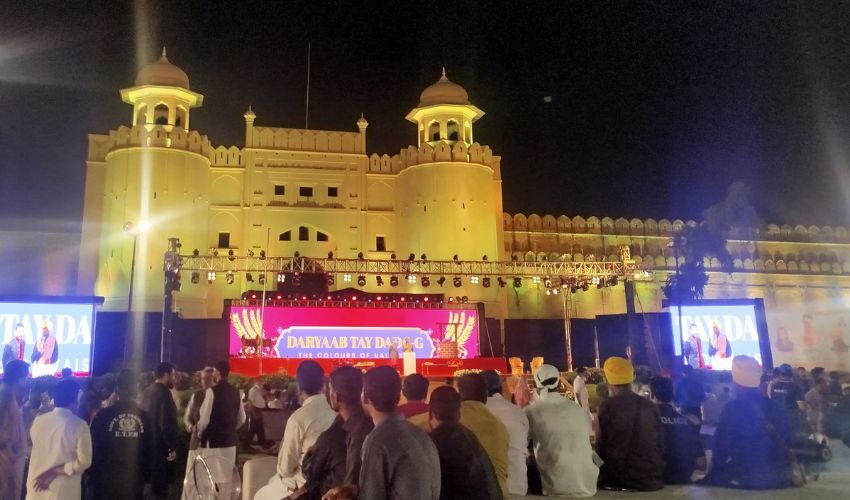A solar extravaganza of unparalleled grandeur is poised to grace the night sky this weekend, as an awe-inspiring annular eclipse, fondly referred to as the "ring of fire," sweeps across the western hemisphere.
On Saturday, October 14, the world will witness the second and final solar eclipse of the year.
As the clock ticks towards Saturday, tens of millions of fortunate onlookers residing in the Americas will be bestowed with the opportunity to secure a front-row seat to this rare and captivating "ring of fire" eclipse.
The term "ring of fire eclipse," also known as an annular solar eclipse, is a celestial spectacle that occurs when the moon is positioned at or near its farthest point from Earth.
In contrast to a total solar eclipse, where the moon entirely conceals the sun, the moon's increased distance results in a smaller apparent size. Thus, when it passes in front of our brilliant star, it does not entirely obscure it. Instead, it bequeaths us with a mesmerizing image—a brilliant ring of the sun radiating around the edges of the moon during the eclipse's pinnacle, creating the mesmerizing "ring of fire" effect.
In Pakistan, the enchanting spectacle will remain elusive. The Pakistan Meteorological Department (PMD) has confirmed that the eclipse's splendor will only be visible in southwestern Mexico, various countries in Central America, central Colombia, and northern Brazil.
For those fortunate enough to be in the designated viewing areas, the eclipse will commence on October 14 at 8:04 pm (Pakistan Standard Time). The celestial spectacle will reach its zenith at 10:59 pm and will conclude on October 15 at 1:55 am.



























